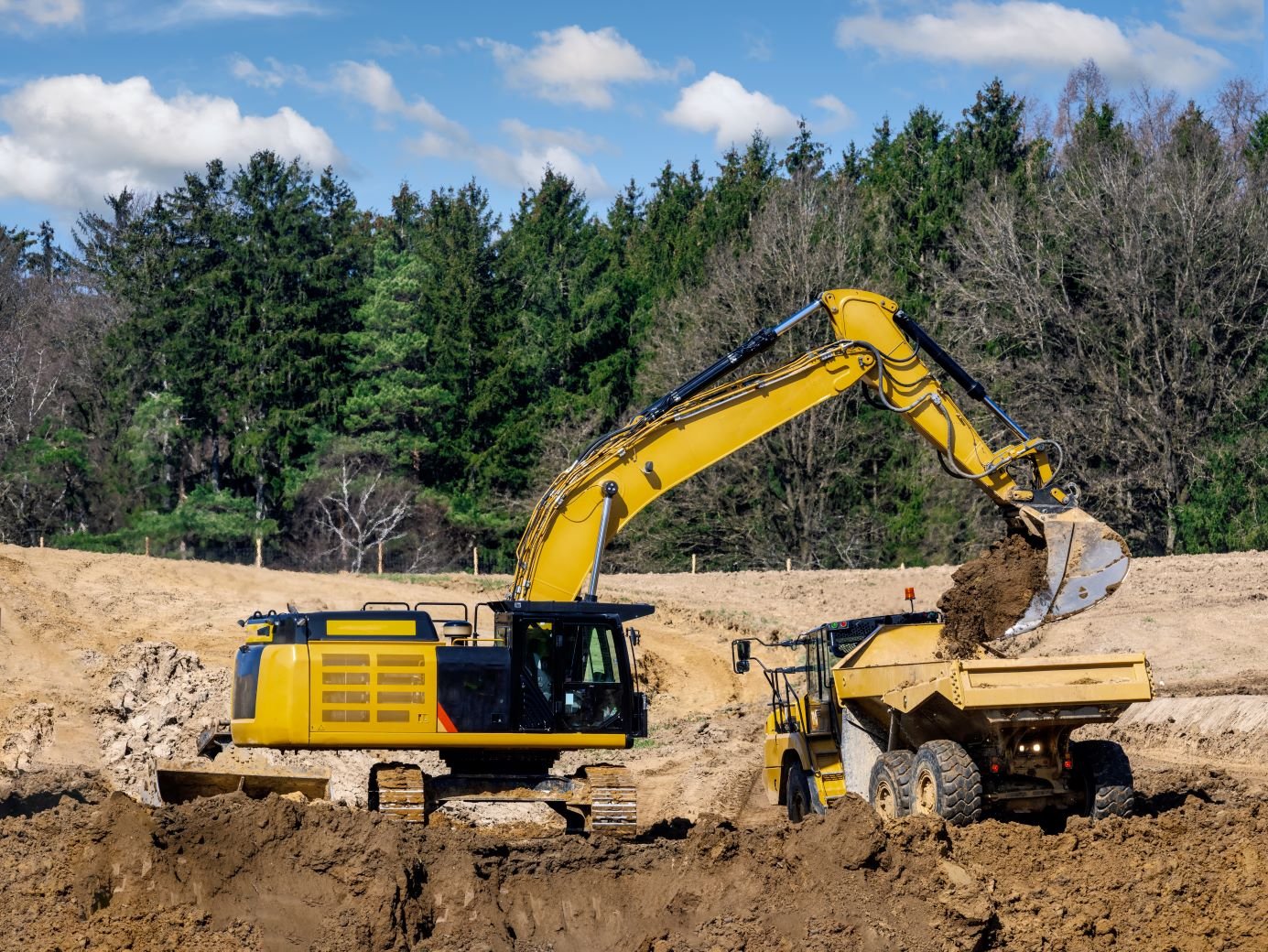
In the world of construction and earthwork, precision is everything. Whether you’re calculating the volume of soil to be moved, estimating material costs, or managing project timelines, a take off program can make all the difference. But what exactly is a take off program, and how can it benefit your projects?
Understanding Take Off Programs
A take off program is a type of software designed to help contractors, estimators, and project managers calculate the quantities of materials needed for a construction project. These programs take digital plans, such as PDFs or CAD files, and allow users to measure areas, lengths, volumes, and more with high accuracy.
Why Use a Take Off Program?
Take off programs offer several benefits that make them indispensable in modern construction:
- Accuracy: Eliminates human errors common in manual calculations.
- Speed: Allows you to complete takeoffs faster than traditional methods.
- Consistency: Standardizes measurements across projects.
- Digital Records: Keeps your takeoff data organized and easily accessible.
But the real advantage of take off programs is how they transform your workflow. Instead of manually calculating each measurement, you can rely on precise digital tools to generate accurate results in minutes.
How Take Off Programs Work
Most take off programs allow you to upload digital project plans directly into the software. You can then use various tools within the program to measure and mark areas, calculate volumes, and list quantities of materials. Many programs also integrate with estimating software, making it easy to transition from planning to pricing.
Popular Take Off Programs in the Industry
Here are a few of the most widely used take off programs:
- Bluebeam Revu: Known for its user-friendly interface and powerful measurement tools.
- PlanSwift: Offers advanced takeoff and estimating features for a wide range of projects.
- STACK Estimating: A cloud-based option that allows for collaborative project management.
- On-Screen Takeoff (OST): A widely-used solution with robust takeoff capabilities.
Choosing the Right Take Off Program for Your Needs
Selecting the right take off program depends on your specific requirements. Consider these factors:
- Project Size: Are you working on small residential projects or large commercial builds?
- Software Compatibility: Does the program support the file formats you use, such as PDF or CAD?
- User Interface: Choose a program that is intuitive and easy to learn.
- Integration Options: Look for software that works with your existing estimating or project management tools.
Common Mistakes to Avoid When Using Take Off Programs
- Skipping Calibration: Always calibrate your digital plans to ensure accurate measurements.
- Overlooking Updates: Regularly update your software to access the latest features and bug fixes.
- Not Double-Checking Measurements: Even with software, always review your calculations for accuracy.
Conclusion
A take off program is an essential tool for any contractor looking to improve accuracy, speed, and efficiency in project planning. Whether you’re working on a small residential job or a massive commercial project, the right take off program can save you time and money. For more on efficient earthwork planning, check out our guide on excavation quantity takeoff.





